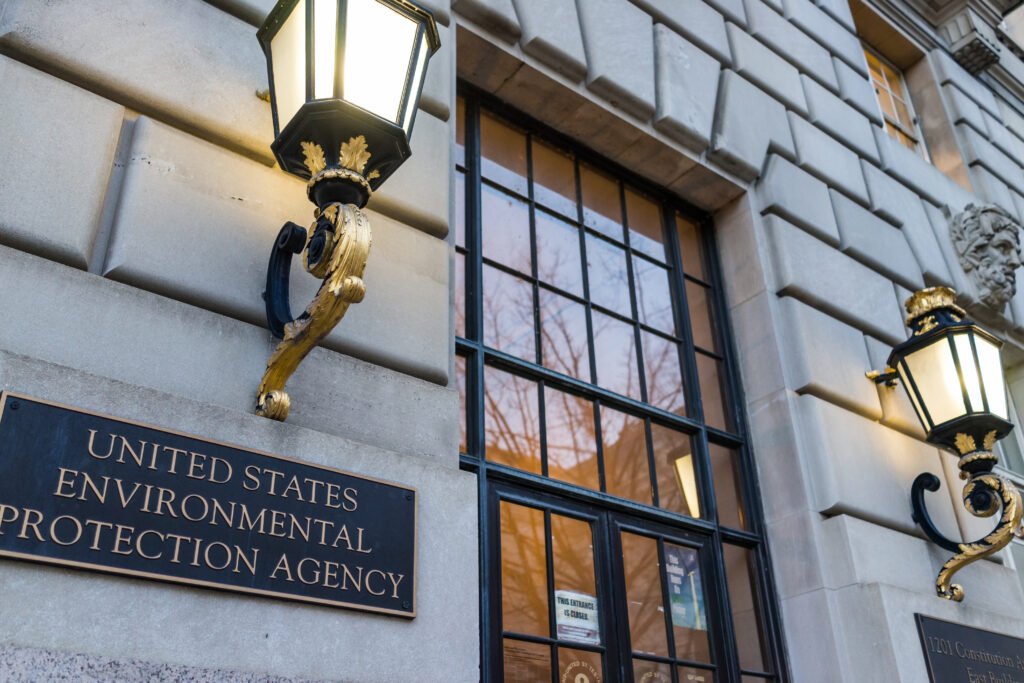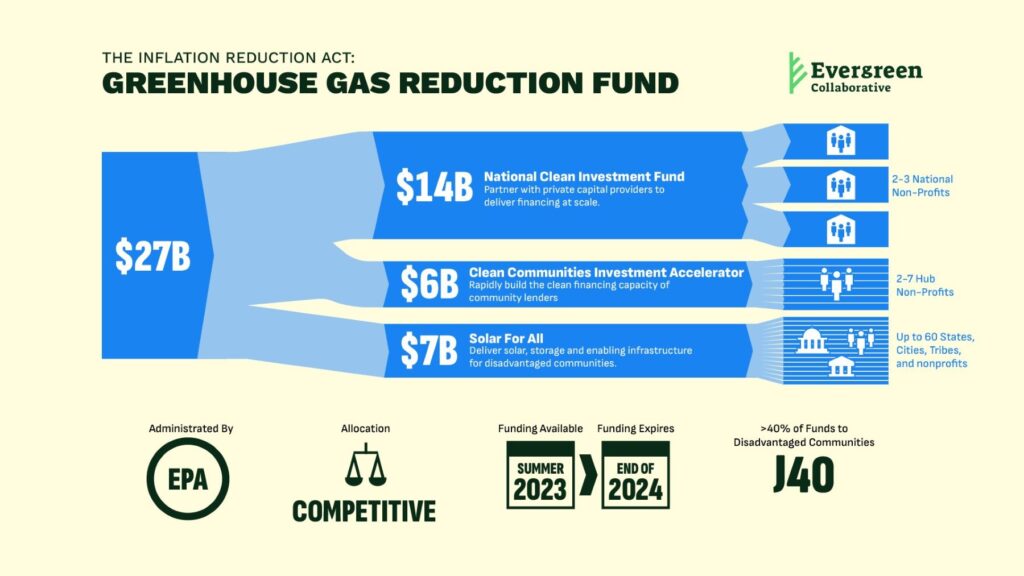The FWD #206 • 862 Words
Power Forward Communities will use a massive federal grant to decarbonize homes across the country.
Congratulations to all our affordable housing friends who are now $2 billion dollars richer than they were just two weeks ago! May they spend it all with abandon to create more healthy, affordable homes here in Virginia and beyond. So where’d all that money come from?
Last week, Vice President Kamala Harris announced $20 billion in new awards from the EPA’s Greenhouse Gas Reduction Fund to help fund efforts to reduce pollution and energy costs across the nation. That isn’t a new role for the federal government, but this new program has a unique twist: for the first time, “mission-driven, community-led financial institutions” will help deploy these big bucks to “finance climate and clean energy projects across the country, especially in low-income and disadvantaged communities.”
This is certainly welcome news to anyone concerned about climate change, but you’re probably still wondering how some of the money found its way to affordable housing. We’ll tell that story here.
What is the Greenhouse Gas Reduction Fund?
President Biden’s 2022 Inflation Reduction Act included $27 billion for the EPA to stand up a new Greenhouse Gas Reduction Fund. Funds are then allocated to three different initiatives, as shown in the chart below. The “National Clean Investment Fund” — which got just over half of the total — is the important one for us.
What is the National Clean Investment Fund (NCIF)?
The NCIF will direct $14 billion in grants to nonprofit financing institutions who will support a wide variety of clean energy work. However, these awardees won’t simply pass through the money to make more grants for specific projects. Instead, they’ll use NCIF funds to offer new financial products with attractive, low-cost terms specifically tailored for activities that promote climate resiliency and sustainability. This approach strengthens the value of each dollar invested.
The EPA opened NCIF applications last summer. Only three awards were expected, and only three were made. Climate United Fund, along with Coalition for Green Capital, took home most of the funds. These two awardees will direct investments to many important and necessary uses. The only other winning application, however, has a special focus. Submitted by a group of organizations near and dear to the affordable housing industry, this award is a game changer.
Who and what is Power Forward Communities?
Power Forward Communities is a “nonprofit coalition formed by five of the country’s most trusted housing, climate, and community investment groups” and was purpose-built for the NCIF award. United around a mission to “decarbonize and transform American housing” to make it more affordable for homeowners and renters alike, their efforts paid off — and now they have $2 billion to show for it.
If homes are the centers of our lives, it stands to reason they significantly influence our relationship with the climate. Indeed, as Power Forward Communities notes, “42 percent of energy emissions [stem] from household decisions” about the cars we drive, the appliances we use to cook and clean, and the type of energy we use to power our homes.
“Decarbonizing millions of homes,” they suggest, “will not only create safer, more affordable, healthier communities and more comfortable homes — it’s also critical to meeting our climate goals as a country.”
Coalition partners include Enterprise Community Partners, Local Initiatives Support Corporation (LISC), Rewiring America, Habitat for Humanity, and United Way Worldwide. Rewiring America may be unfamiliar to many of us in the housing industry, but we expect to learn much about the nonprofit’s efforts to retire fossil fuels and electrify the nation in the coming months.
Power Forward Communities appointed Tim Mayopoulos as their CEO, who is best known for successfully leading Fannie Mae out of the 2008 financial crisis. More recently, the FDIC tapped Mayopoulos to shepherd Silicon Valley Bank back to solvency after its failure in March of last year.
What will Power Forward Communities do?
“How do you deploy $2 billion quickly and equitably?” We can be sure that question has been the focus of many meetings among the Power Forward Communities team this week. Much is yet to come, but their core objective — to “save families money on their utility bills, reduce emissions, and create healthier, safer, more affordable homes” — is clear.
The team hopes to have programs defined by the fall, but their strategies are based on four key principles:
- Simplify the process and experience to decarbonize housing;
- Aggregate consumer demand to benefit the consumer;
- Create affordable financing options with NCIF funds; and
- Invest in workforce development.
The commitment Power Forward Communities is making to low-income and disadvantaged communities is also unequivocal. While the EPA requires that at least 40% of NCIF funds flow directly into these areas, Power Forward Communities expects that figure to be “at least 75%” for their investments.
They aren’t wasting any time, either. In fact, they already have RFPs for management consulting and legal services on their website, so head there now if you want to join their work.
Once they have opportunities to roll out in Virginia, we hope they’ll find us a friendly partner with a similar name. You could say we’re looking forward to it.

